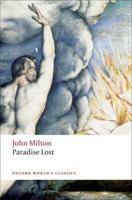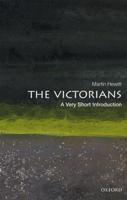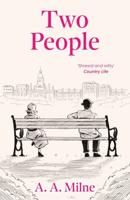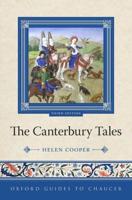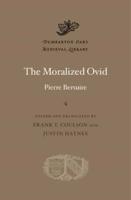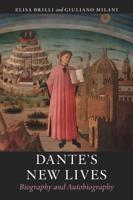Publisher's Synopsis
This is an exciting and original study on the poetic significance of formal repetition in Homer. The author argues that localization, metre, and verse-structure are regularly used as semantic markers, providing certain words with a "meaning" that extends beyond their immediate context. This meaning often interacts with context-specific semantic features, creating a discourse that is replete with ambiguity, ambivalence, irony, and allusion. The discussion draws on recent approaches in linguistics and literary criticism, including narratology, pragmatics, socio-linguistics, discourse analysis, and speech-act theory, but lays emphasis on the primary text as an object of study. The author shows how Homer's polysemic texture contributes to the presentation of key literary topics such as the image of the hero in the Iliad or disguise and recognition in the Odyssey.



